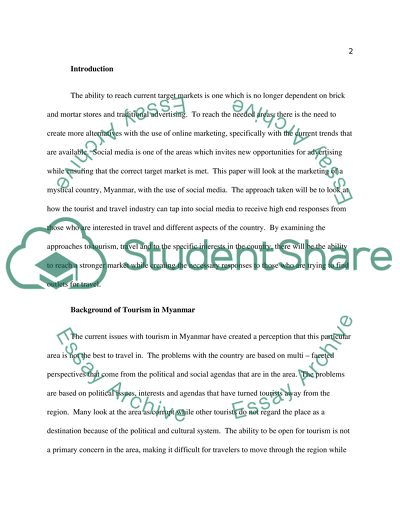Cite this document
(“Tourism in Myanmar Essay Example | Topics and Well Written Essays - 3000 words”, n.d.)
Retrieved de https://studentshare.org/tourism/1443355-tourism-in-myanmar
Retrieved de https://studentshare.org/tourism/1443355-tourism-in-myanmar
(Tourism in Myanmar Essay Example | Topics and Well Written Essays - 3000 Words)
https://studentshare.org/tourism/1443355-tourism-in-myanmar.
https://studentshare.org/tourism/1443355-tourism-in-myanmar.
“Tourism in Myanmar Essay Example | Topics and Well Written Essays - 3000 Words”, n.d. https://studentshare.org/tourism/1443355-tourism-in-myanmar.


